You may read lots of articles which recommend best places for photography in China: Guilin, Huangshan, Zhangjiajie, Yunnan, etc.
It's true, these places are stunning.
However, today I would recommend top 10 underrated photography destinations, and you will certainly bring great photos home.
#1 Ili, Xinjiang
Ili’s lavender is one of the third largest lavender planting bases in the world after Provence in France and Furano in Japan. It is the main producing area of lavender in China and has the reputation of "Hometown of Lavender in China".
It is relatively close to Kazakhstan, a neighboring country in Central Asia, and belongs to the Kazakh ethnic gathering area. The Nalati grassland is one of the four large grasslands in the world. It is a subalpine meadow plant area, rich in vegetation and growing lush mountain meadows of the iris formation.
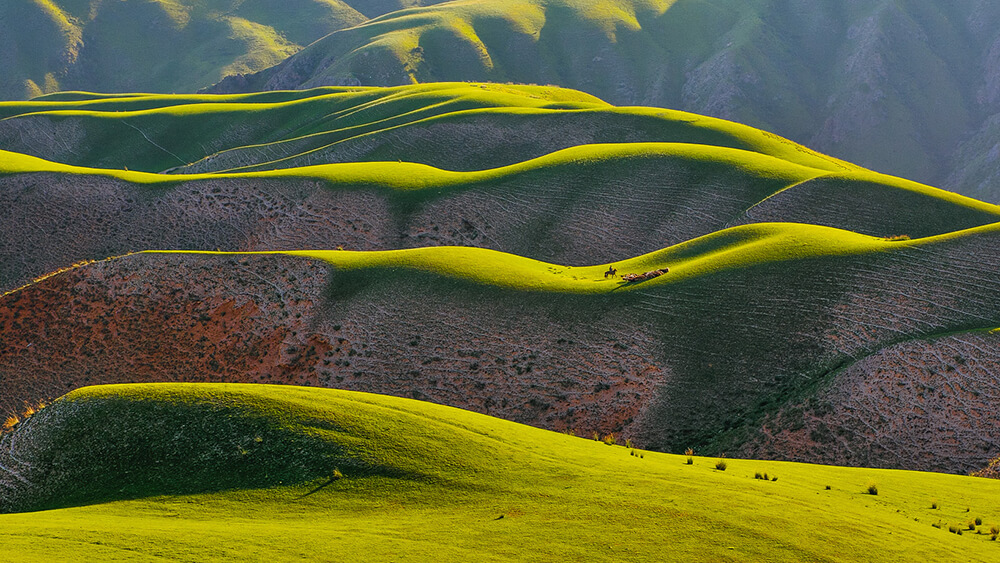 699pic.com
699pic.com#2 Anjihai Grand Canyon, Xinjiang
Anjihai Grand Canyon, located 60KM southeast of Kuitun City.
The criss-cross ravines extend from the edge of the canyon to the bottom of the valley. The Grand Canyon is famous for its dangers and oddities. The cliffs, the winding water, the majestic deep valleys, and the colorful rocks are all shocking.
Better to use a wide angle lens to take pictures of the canyon. Drone photography is also amazing.
 699pic.com
699pic.com#3 Duku Highway, Xinjiang
Duku Highway is the highway from Dushanzi to Kuqa. The highway is 561 kilometers long and connects northern and southern Xinjiang.
This natural danger road hidden in the depths of the Tianshan Mountains in Xinjiang passes through the Tianshan Mountains from south to north, all the way to grasslands, canyons, snow-capped mountains, lakes, wetlands, and Gobi.
It is selected as "One of the Most Beautiful Highways" by China National Geography.
It is also good for drone photography here.
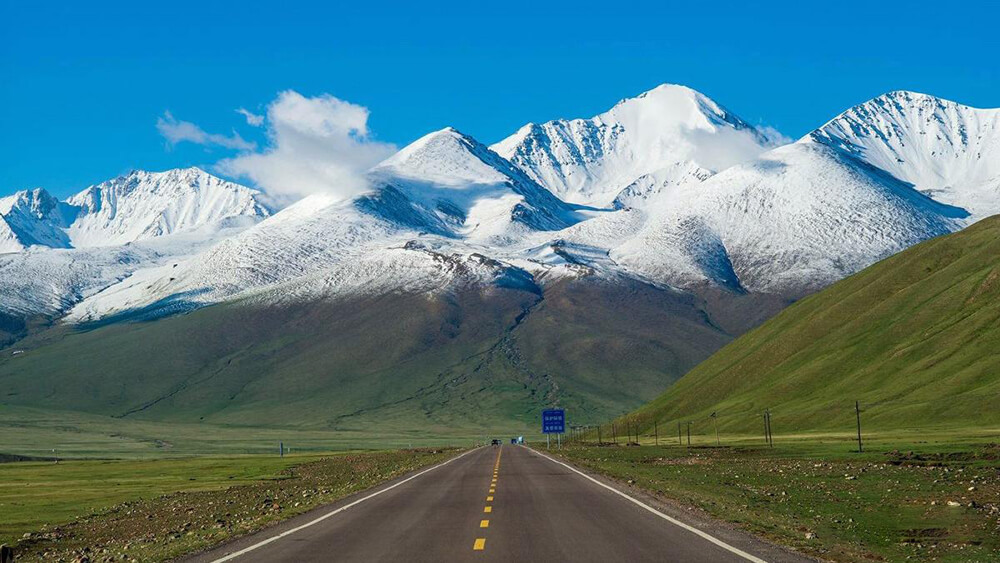 699pic.com
699pic.com#4 Bayinbulak Grassland, Xinjiang
The Bayinbulak grassland is the most fertile summer pasture in the southern foot of the Tianshan Mountains and a typical grass meadow grassland.
The famous Swan Lake is here. This is the country's first swan nature reserve. There is a large area of marshland connected by many small lakes, rich in water plants and pleasant scenery.
The vast grassland is like a huge green carpet, covering the entire land, endlessly, accompanied by the undulations of the terrain, and the extremely dynamic rhythm, occasionally rivers pass through, blending into the spirituality, wandering here, or riding horses, refreshing.
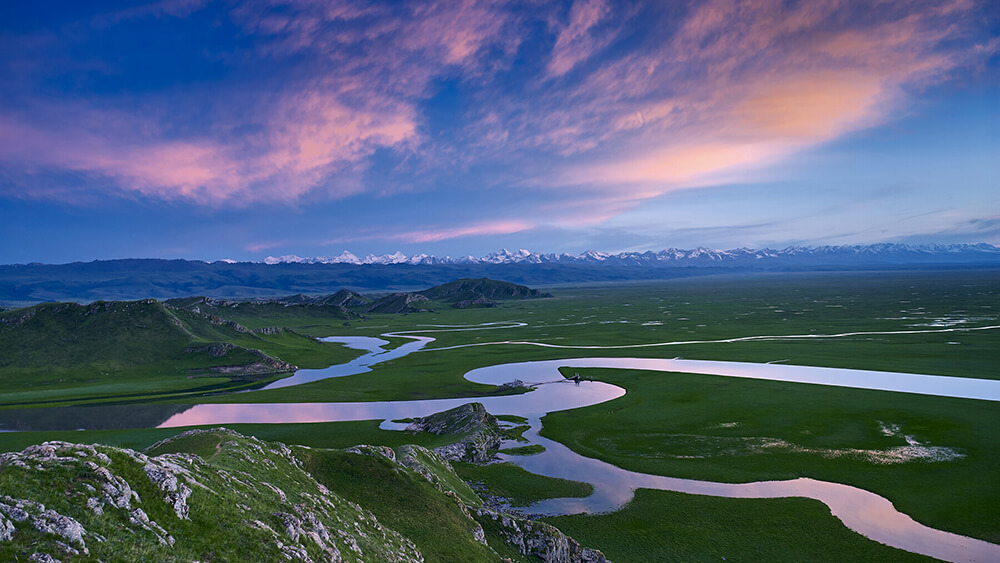 china-silkroad-travel.com
china-silkroad-travel.com#5 Rainbow Mountains, Zhangye, Gansu
Extending along the northern slope of Qilian Mountain in west China, Zhangye Danxia National Geological Park in Gansu is the best representative of China's colorful Danxia landform and the largest Danxia landscape in an arid area, with a wide variety of landforms. Undulating fiery-red ridges together with amazing multicolored mountain folds transform the park into an immense sea of fire with rolling waves, earning it the reputation of China's Rainbow Mountains and also one of the 'Top 10 Geographical Wonders of the World' selected by the National Geographic.
 699pic.com
699pic.com#6 Loess Plateau & Cave Dwellings, Qingyang
Loess Plateau is a vast land in northwest of China, covering 5 provinces, Gansu, Qinghai, Shanxi, Shaanxi and Ningxia.
After years of rain washing and wind erosion, an unique natural landscape with thousands of gullies has been formed. To avoid wind and cold weather in winter, people created a special kind living house - cave dwelling, which increasing a lot of mystery.
This is one of the few unsophisticated northern cultural areas that have not been touched by tourists.
Shoot large scale terraced fields in summer, meet the pure farmers who are still using the traditional farming tools, capture the spectacular landscapes of Loess Plateau.
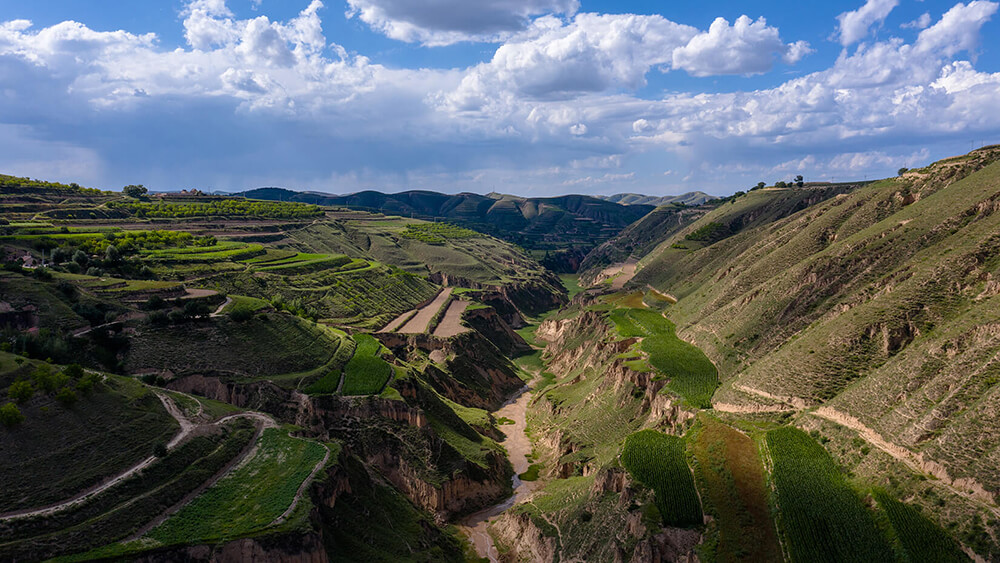 mercierzengphotography.com / Mercier Zeng
mercierzengphotography.com / Mercier Zeng#7 Nyingchi, Tibet
When spring approaches, most parts of Tibet are still covered with snow, Nyingchi has already been immerged in a sea of peach flowers. In order to celebrate this grandeur of nature and advocate Tibetan culture, Nyingchi Peach Blossom Festival has been hold by local Tibetans and enthusiastic tourists since 2002. During this grand festival, you can not only enjoy the rosy peach blossoms and exotic pastoral scenery but also explore Tibetan villages, watch horsemanship performance, try some local delicacies, etc.
Nyingchi peaches are mainly distributed along Niyang River as well as the road from airport to Bayi town. The whole peach blossom season often lasts from mid-March to mid-April, but the flowering phase is slightly different.
 699pic.com
699pic.com#8 Ganzi Tibetan Autonomous Prefecture, Sichuan
Vast grasslands, soaring mountains—and all of the yaks. Ganzi Tibetan Autonomous Prefecture in western Sichuan Province is stunning.
You’ll fly into the world’s third highest airport (at 14,000 feet) in the prefecture’s capital Kangding, though it likely won’t be where you’ll want to spend most of your time. Get out to hike or horse trek through the sprawling grasslands of Tagong or trek to the nearly 800-year-old Minya Konka Monastery nestled into the side of the province’s highest peak, Mount Gongga.
It takes six-hour drive from Chengdu and may require a special permit to visit.
During the Tibetan New Year in the spring, the government often enacts travel restrictions to the prefecture, but, even still, it is significantly easier to visit than Tibet itself.
Another Garzê highlight is Hailuogou Glacier Park. Here you might feel like you’re the only living person that has ever seen these sights, as the nature is so pristine and untouched.
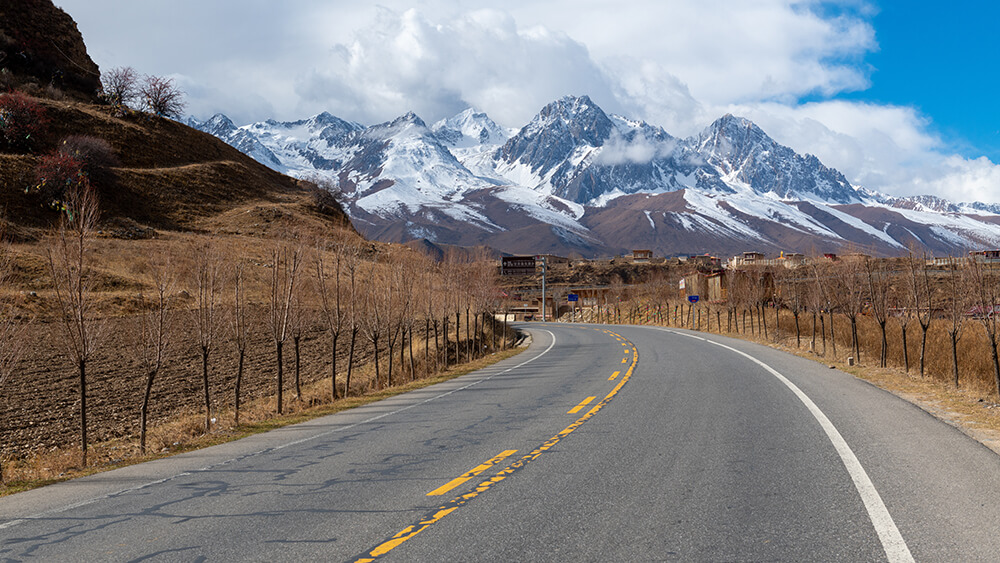 699pic.com
699pic.com#9 Yongtai Ancient City, Gansu
Yongtai ancient city is located in Jingtai County, Gansu Province. It was built in 400 years ago with tortoise-shaped.
Thirty steps outside the South Gate, there is a large pool called Tai Chi Pool. The Yongtai City Wall is 1,727 meters long, 12 meters high, 4 meters wide at the top, and 9 meters wide at the bottom, basically intact. Yongtai City was built as a military fortress. There is a 6 meters wide moat around the city, which is dry now.
It used to be a prominent military fort during the Ming and Qing dynasties. It rose because of wars and declined because of changes in the natural environment.
 699pic.com
699pic.com#10 Wave Valley, Jingbian, Shaanxi
The Wave Valley is nearly 450 kilometers from Xian downtown, about 5 hours’ drive to get there.
Jingbian Wave Valley is somewhat different from the wave valley in Arizona, USA. The wave valley of Arizona has white lines sandwiched between red lines on rocks, while the wave valley here is predominantly red.
 699pic.com
699pic.com Planning to photograph these destinations?
Find a local photography guide: We Are Guides in China


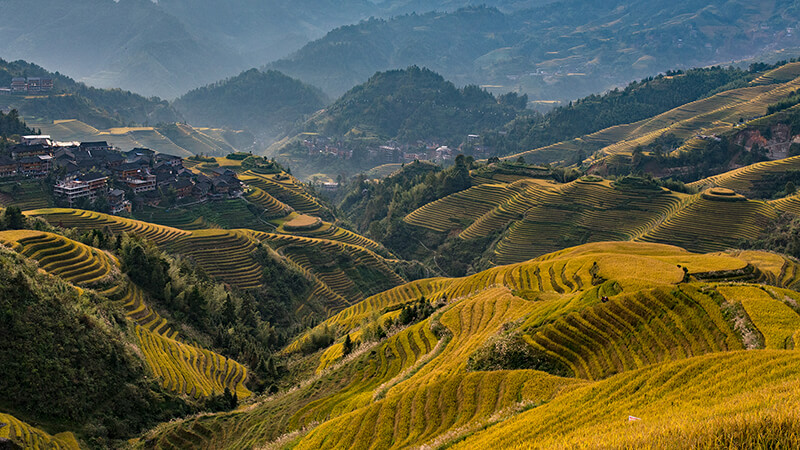

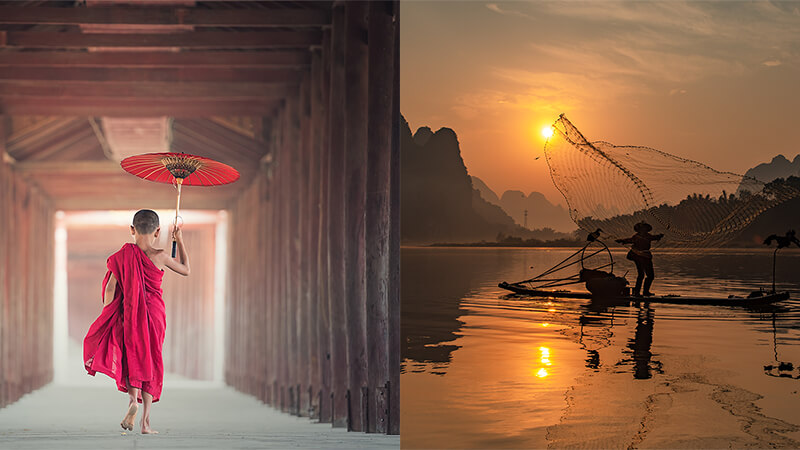
Leave A Comment
Your email address will not be published.